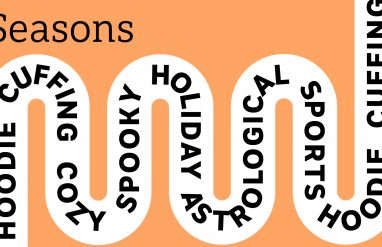Day 1: Rhymes
Looking for more?
- Have you seen our Week 1 activities for preschool and kindergarten students?
- We’ve also released Week 3 for more daily activities. Take a look!
Self-guided activities (with a little parental help):
1. Gather a collection of household items and toys.
Make sure all of them have a rhyming partner (e.g., doll/ball, truck/duck, block/sock/rock, car/star, frog/dog, man/can, bear/chair, two/shoe, plate/eight).
2. Ask your child to match the objects that rhyme.
3. As a variation, choose only one item or toy (e.g., rock).
Send your child on a hunt around the house looking for other objects that rhyme with it (e.g., clock, sock, chalk).
Family time activity: rhyming catch!
1. Find a soft ball (or stuffed animal).
2. Say a word (such as cat) and toss the ball to your child.
3. After catching the ball, your child says a word which rhymes with your word (e.g., hat, mat) and tosses it back.
4. Continue until you can’t think of rhyming words.
5. Silly, nonsense words are also great as long as they rhyme!



















